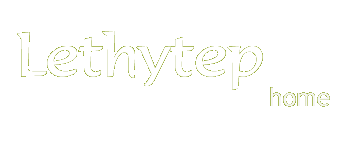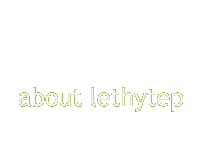




 |
 |
 |
 |
 |
What's in a name?
Many visitors ask, "where does the name Lethytep come from?" The answer involves some local history and quite a bit of detective work.
In 1996 we moved from the outskirts of Lanreath village to Penadlake where we had farmed for several years and had built a new farmhouse to be close to our land and stock. We had been trying to decide on a name, when we remembered that Philip's grandfather had, many years ago, given him an 1883 edition of Kelly's directory for Cornwall.
Under the listing for Pelynt parish adjacent to Lanreath – also Philip's home parish - was a holding named Lethytep, farmed by someone called Hambly, which happens to be Philip’s surname. Subsequent editions of Kelly's contain no records of Lethytep, so the name disappeared. With the local connections of Philip's surname, home parish and farming it seemed timely to resurrect the name.
Thanks to others’ contributions, we now know that the original Lethytep was located at Milcombe on the West Looe River, about half a mile upstream from Watergate. The name is likely to have derived from the owner’s surname, with Levitopp, Levetop and Lethetop appearing in the parish records of nearby St Veep in the 17th and 18th centuries (the -th- and -v- sounds were somewhat interchangeable in these and earlier times). Belonging to a category of surnames that originated as a description of an individual, Levitop (originally Lovetop) probably referred to the possessor of a prominent lock of hair.
These family names occur elsewhere in Cornwall, but are likely to have been of English, rather than Cornish, descent. This implies a pronunciation of Lethytep according to English rules, in other words, placing the emphasis on the first syllable. This rather confounds our original instinct to stress the penultimate syllable, a practice that applies to some – but by no means all – Cornish place-names.

Our careers were pursued locally but largely outside agriculture. Nonetheless, we have always had a strong interest in farming and the countryside, a passion which we have long been able to pursue alongside our work commitments. Keeping cattle and sheep for nearly fifty years gave us an insight into modern farming methods. Over our working lives, we have seen at first hand how the prolific use of artificial fertilizers, herbicides and pesticides has taken a terrible toll on wildlife.
That experience kindled our interest in more sustainable ways of behaving as stewards of the countryside. So the development of wildflower meadows, wetlands, lakes and woodland as managed wildlife habitats has been our response. Lethytep is no longer a working farm, because we do not produce food from the land. Fifteen years on, it is of course a work in progress, and always will be. The reward has been the return of nature to our Cornish valley and the delight it gives to the people who visit Lethytep every year.